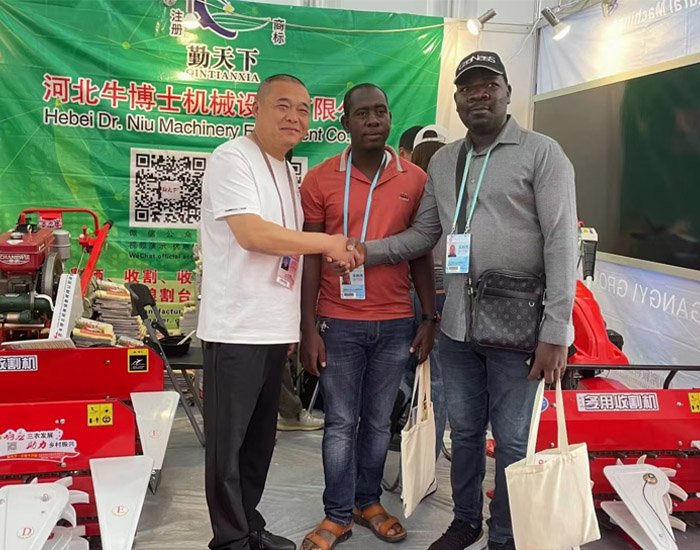Exploring the Impact of Durum Wheat Harvest on Global Agriculture and Food Production Trends
The Significance of Durum Wheat Harvest
Durum wheat, known scientifically as Triticum turgidum var. durum, is a vital crop grown primarily in the Mediterranean regions, the United States, Canada, and several North African countries. It is recognized for its high protein content and gluten strength, making it the preferred choice for pasta and semolina production. The harvest of durum wheat is a critical agricultural event that influences both local economies and the global food market.
The cultivation of durum wheat begins with careful selection of seeds and the preparation of the soil. Farmers often use advanced agricultural practices to ensure optimal growth conditions. This includes soil testing to determine nutrient levels, implementing crop rotation to maintain soil health, and employing sustainable farming techniques to combat pests and diseases. These practices are essential, as durum wheat is sensitive to environmental conditions. Ideal growing conditions include well-drained soil with a pH level between 6.0 and 7.5, and adequate sunlight.
As the growing season progresses, durum wheat plants develop distinct characteristics. The plants typically reach maturity about 90 to 120 days after planting, depending on the variety and climatic conditions. During the ripening phase, farmers closely monitor the fields for signs of readiness. The optimal time for harvest occurs when the kernels turn a golden yellow and moisture content drops to around 13-15%. Harvesting too early can result in lower quality grain, while delaying the harvest can lead to field losses from shattering or disease.
The process of harvesting durum wheat is usually carried out using combine harvesters, which efficiently cut and separate the grain from the chaff. This mechanization signifies a shift in agricultural practices compared to years past when manual harvesting was the norm. Modern harvesting techniques not only reduce labor costs but also minimize the risk of damage to the grain. Post-harvest, the wheat is typically transported to storage facilities or processing plants, where it undergoes cleaning and milling.
durum wheat harvest

The durum wheat harvest holds significant economic implications. In regions where it is a primary crop, such as Italy, Canada, and the United States, the harvest period represents a crucial time for farmers’ livelihoods. A successful harvest translates to profitability; conversely, a poor yield can have devastating consequences. Fluctuations in market prices impact farmers' incomes and can lead to broader economic repercussions in agricultural communities.
On a global scale, durum wheat plays an important role in food security. It is a staple ingredient in various traditional dishes worldwide, particularly pasta, which is a significant food source in many cultures. As global demand for pasta increases—spurred by population growth and changing dietary preferences—ensuring a steady supply of high-quality durum wheat becomes even more critical.
Furthermore, the effects of climate change pose ongoing challenges to durum wheat production. Increasing temperatures, unpredictable weather patterns, and water scarcity threaten crop yields. Consequently, research into more resilient wheat varieties and sustainable agricultural practices is underway to address these challenges. Innovations in breeding techniques, such as marker-assisted selection and genetic engineering, aim to develop durum wheat that can withstand environmental stresses while maintaining its high quality.
In conclusion, the durum wheat harvest is not merely an agricultural event; it is a cornerstone of economic stability and food security in many parts of the world. As farmers adapt to changing conditions and technology continues to evolve, the significance of durum wheat will only grow. Ensuring sustainable practices and resilience in durum wheat production will be essential to meet the nutritional needs of a growing population while preserving the environment for future generations.
Latest news
-
When to Upgrade Your Old Forage HarvesterNewsJun.05,2025
-
One Forage Harvester for All Your NeedsNewsJun.05,2025
-
Mastering the Grass Reaper MachineNewsJun.05,2025
-
How Small Farms Make Full Use of Wheat ReaperNewsJun.05,2025
-
Harvesting Wheat the Easy Way: Use a Mini Tractor ReaperNewsJun.05,2025
-
Growing Demand for the Mini Tractor Reaper in AsiaNewsJun.05,2025







